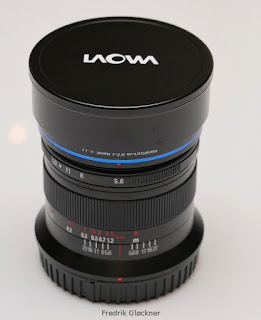Laowa 9mm f/5.6 FF RL Review

For as long as there have been interchangeable lens cameras, there have also been third party lenses, i.e., companies capitalizing on the success of a camera system by selling additional lenses. Mostly, the third party producers have been competing on price : Getting customers by producing and selling less costly lenses. However, just competing on price is of course very unambitious: It leads to a race to the bottom, a place where nobody wants to be. So another way to attract customers, while also charge a premium price, is to produce exotic lenses. Laowa (Venus Optics) have been exploring this area for a while, for example with the unique 2x macro probe lens and various ultra wide angle lenses. This strategy makes good sense, since these unique lenses can be sold at a premium price point. Interchangeable lens camera users now are generally more willing to pay a high price for lenses that give them new possibilities. The casual users looking for entry level products are largely g
